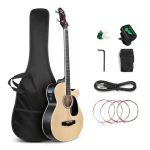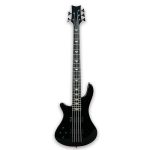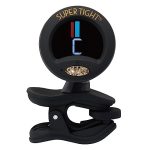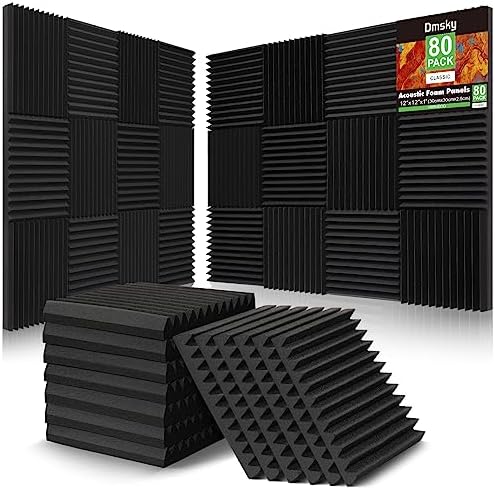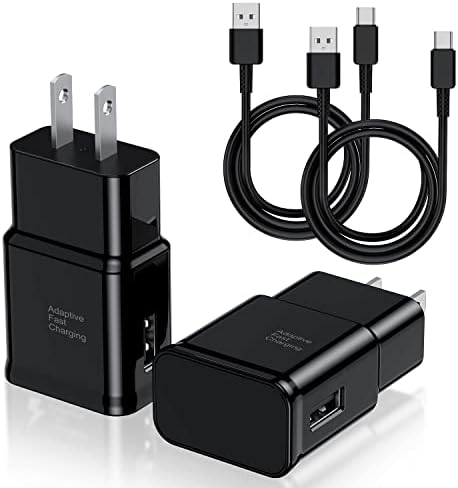Audio-Technica AT2020 Cardioid Condenser Studio XLR Microphone Review
If you are looking for a high-quality microphone for your home studio, podcast, or streaming needs, you might want to consider the Audio-Technica AT2020 Cardioid Condenser Studio XLR Microphone. This microphone is one of the most popular and affordable condenser microphones on the market, offering a professional sound and a wide dynamic range. In this article, we will review the features, benefits, and drawbacks of the AT2020, as well as compare it with some similar products and provide some representative customer reviews. By the end of this article, you will have a better idea of whether the AT2020 is the right microphone for you.

Product Details
The AT2020 is a side-address condenser microphone, which means that it captures sound from the front and rejects sound from the sides and rear. This makes it ideal for isolating the desired sound source and reducing unwanted background noise. The AT2020 has a cardioid polar pattern, which means that it picks up sound most strongly from the front and less strongly from the sides, forming a heart-shaped pattern. This is the most common polar pattern for vocal and instrument recording, as it provides a natural and balanced sound.
The AT2020 has a custom-engineered low-mass diaphragm, which provides extended frequency response and superior transient response. The frequency response is the range of frequencies that the microphone can capture, and the transient response is the ability of the microphone to reproduce fast and sudden changes in sound. The AT2020 has a frequency response of 20 Hz to 20 kHz, which covers the entire audible spectrum for humans. The AT2020 also has a high SPL (sound pressure level) handling, which means that it can handle loud sounds without distorting. The AT2020 has a maximum SPL of 144 dB, which is comparable to a jet engine at close distance.
The AT2020 is an XLR microphone, which means that it requires an XLR cable and a phantom power source to operate. Phantom power is a DC voltage that is supplied by an audio interface, a mixer, or a dedicated phantom power supply. The AT2020 requires 48V of phantom power, which is the standard for most condenser microphones. The XLR connection ensures a balanced and low-noise signal transmission, but it also means that you cannot plug the microphone directly into your computer or smartphone. You will need an audio interface or a mixer that has an XLR input and a USB or analog output to connect the microphone to your device.

The AT2020 comes with a stand mount, a threaded adapter, and a soft protective pouch. The stand mount allows you to attach the microphone to any standard microphone stand and adjust the angle and position of the microphone. The threaded adapter lets you use the stand mount with different sizes of microphone stands. The soft protective pouch helps you store and transport the microphone safely.
Features and Benefits
The AT2020 has many features and benefits that make it a great choice for home studio, podcast, and streaming applications. Here are some of the main advantages of the AT2020:
– Affordable: The AT2020 is one of the most affordable condenser microphones on the market, costing only $99. This makes it accessible for beginners and hobbyists who want to start recording their own audio without breaking the bank.
– Professional sound: The AT2020 delivers a professional sound quality that rivals some of the more expensive microphones. The AT2020 has a clear, crisp, and detailed sound that captures the nuances and subtleties of your voice and instruments. The AT2020 also has a smooth and natural frequency response that does not color or alter the original sound source. The AT2020 is ideal for recording vocals, acoustic guitars, pianos, drums, and other instruments.
– Wide dynamic range: The AT2020 has a wide dynamic range, which means that it can capture both quiet and loud sounds without losing quality or clarity. The AT2020 can handle high SPLs without distorting, which makes it suitable for recording loud sources such as drums, brass, and electric guitars. The AT2020 also has a low self-noise, which means that it does not produce any unwanted hiss or hum when recording quiet sources such as whispers, soft vocals, and ambient sounds.
– Versatile: The AT2020 is a versatile microphone that can be used for various applications and genres. The AT2020 is great for recording vocals, instruments, podcasts, voiceovers, interviews, narration, streaming, gaming, and more. The AT2020 can also be used for different types of music, such as pop, rock, jazz, classical, hip hop, and more. The AT2020 can adapt to different recording environments and situations, as long as you have a phantom power source and a quiet room.
– Durable: The AT2020 is a durable microphone that can withstand frequent use and transport. The AT2020 has a rugged metal construction that protects the microphone from damage and shock. The AT2020 also has a black finish that resists scratches and fingerprints. The AT2020 comes with a soft protective pouch that helps you store and carry the microphone safely.
Drawbacks and Limitations
The AT2020 is not a perfect microphone, and it has some drawbacks and limitations that you should be aware of before buying it. Here are some of the main disadvantages of the AT2020:

– Requires additional equipment: The AT2020 is an XLR microphone, which means that you need an XLR cable, a phantom power source, and an audio interface or a mixer to use it. These additional equipment can add to the cost and complexity of your setup, especially if you are a beginner or have a limited budget. You also need a microphone stand, a pop filter, and a shock mount to improve the stability and quality of your recordings. These accessories are not included with the AT2020, and you have to buy them separately.
– Not suitable for live performance: The AT2020 is not a stage microphone, and it is not designed for live performance. The AT2020 is a condenser microphone, which is highly sensitive and prone to feedback and interference from other sound sources. The AT2020 also has a cardioid polar pattern, which means that it picks up sound from the front and rejects sound from the sides and rear. This can cause problems if you are moving around the stage or if you have monitors or speakers behind you. The AT2020 also requires phantom power, which may not be available or convenient in some live venues. If you want a microphone for live performance, you should look for a dynamic microphone instead, such as the Shure SM58 or the Shure SM57.
– Sound quality is imperfect: The AT2020 is a good microphone, but it is not the best microphone on the market. The AT2020 has some flaws and limitations in its sound quality, such as a slight sibilance, a lack of warmth, and a tendency to sound thin or harsh on some sources. The AT2020 may not suit every voice or instrument, and you may need to use some EQ or compression to enhance or correct the sound. The AT2020 may also not be compatible with some preamps or audio interfaces, and you may experience some noise or distortion if the gain is too high or too low. The AT2020 is not a bad microphone, but it is not a great microphone either.
Similar Products Comparison
The AT2020 is not the only condenser microphone on the market, and there are some similar products that you may want to compare it with. Here are some of the main competitors of the AT2020, and how they differ from it:
| Product | Price | Features | Pros | Cons |
|---|---|---|---|---|
| Audio-Technica AT2020 | $99 | – Cardioid condenser microphone – XLR connection – Frequency response: 20 Hz to 20 kHz – SPL: 144 dB – Sensitivity: -37 dB |
– Affordable – Professional sound – Wide dynamic range – Versatile – Durable |
– Requires additional equipment – Not suitable for live performance – Sound quality is imperfect |
| MXL 990 | $79 | – Cardioid condenser microphone – XLR connection – Frequency response: 30 Hz to 20 kHz – SPL: 130 dB – Sensitivity: -15 dB |
– Cheaper – Warm and smooth sound – Includes shock mount and carrying case |
– Requires additional equipment – Not suitable for live performance – Less detailed and clear sound – Less dynamic range |
| Rode NT1-A | $229 | – Cardioid condenser microphone – XLR connection – Frequency response: 20 Hz to 20 kHz – SPL: 137 dB – Sensitivity: -32 dB |
– Professional sound – Wide dynamic range – Low self-noise – Includes shock mount, pop filter, and XLR cable |
– More expensive – Requires additional equipment – Not suitable for live performance – Bright and harsh sound on some sources |
| Blue Spark SL | $199 | – Cardioid condenser microphone – XLR connection – Frequency response: 20 Hz to 20 kHz – SPL: 136 dB – Sensitivity: 34.9 mV/Pa |
– Professional sound – Wide dynamic range – High output level – Includes shock mount and pop filter |
– More expensive – Requires additional equipment – Not suitable for live performance – Lacks low-end response |
As you can

Link direct:
Click to Buy!
